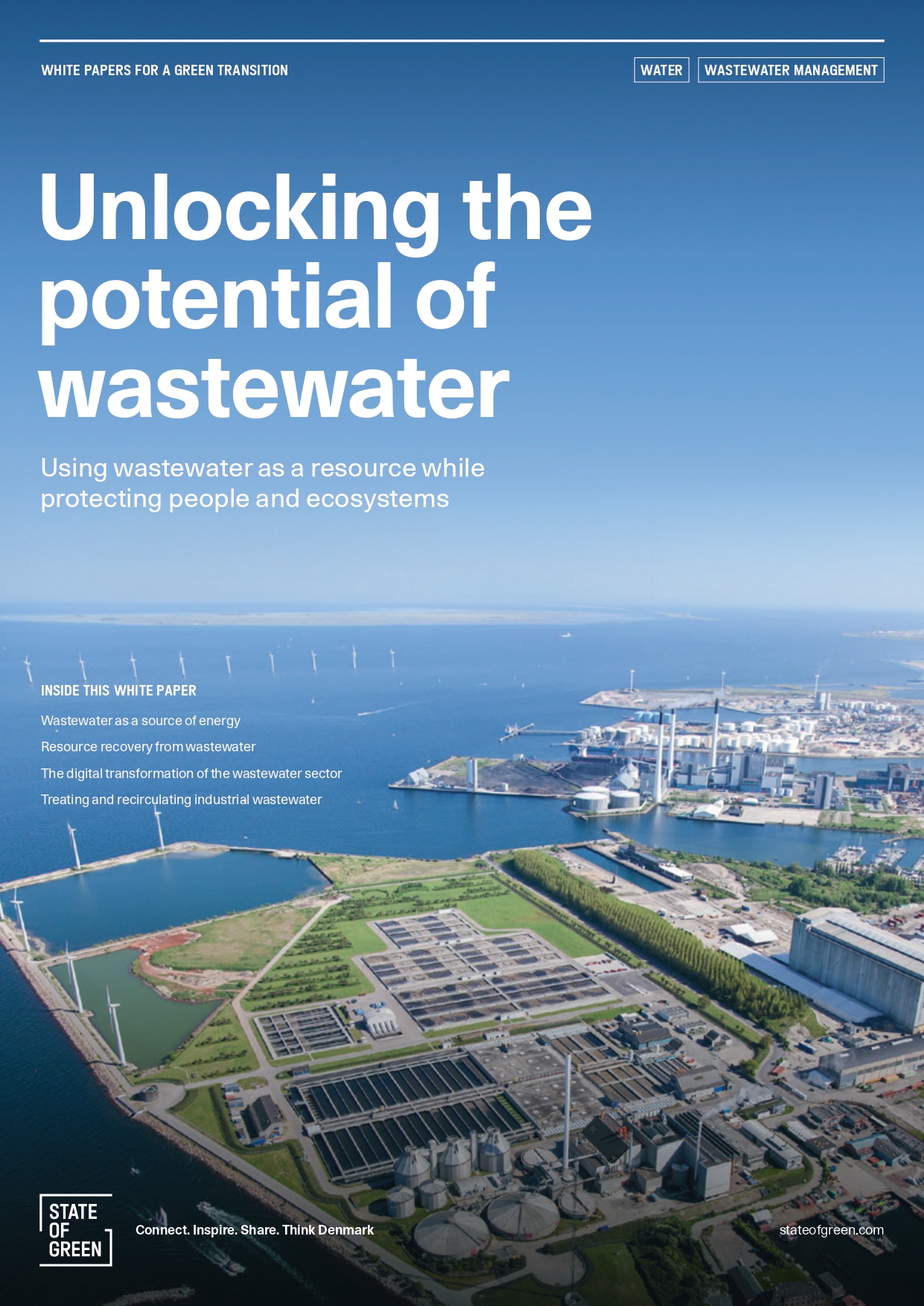
Want to learn more?

Victoria Kimberly Kristensen
Senior Project Manager (Water & Climate Adaptation)
Publication
Wastewater treatment
Wastewater management
Water management
+2



Victoria Kimberly Kristensen
Senior Project Manager (Water & Climate Adaptation)
Treatment and management of wastewater are essential components of sustainable water resource management and play a key role in the success of the green transition. Wastewater should not be viewed as waste or a byproduct but as a resource.
Globally, an estimated 20 percent of all wastewater from households and industries is properly collected and treated. The United Nations’ Sustainable Development Goal 6 aims to reduce the proportion of untreated wastewater entering water bodies by 50 percent by 2030. In Europe, 97 percent of generated wastewater is collected and receives treatment beyond the primary stage, yet only 69 percent undergoes tertiary treatment. Denmark exemplifies a proactive approach to wastewater management, driven by environmental concerns that have spurred innovation.
The Danish water sector showcases a holistic approach to water management, setting a global example for optimising energy consumption and addressing emission challenges while maximising resource recovery. From phosphorus recovery to biogas production, Denmark demonstrates the potential of wastewater as a source of renewable energy and critical materials. A cornerstone in the Danish approach to wastewater is a high-quality treatment that surpasses regulatory requirements. The high level of cleaning is a result of both wastewater companies’ ambitions to minimise the burden on the water environment, technical abilities and discharge fees.
Denmark’s environmental journey stems from concern for its water resources and the environment in the 1980s when the aquatic environment showed significant signs of malady. This led to pioneering efforts in wastewater treatment to improve the aquatic environment. Over time, the efforts and innovations have reached new abilities and set new goals, such as the water sector’s commitment to energy and climate neutrality by 2030. Through regulations, economic incentives and public-private partnerships, Denmark is well underway in achieving the goal of energy neutrality. The ambitious goal of climate neutrality is a challenge, in part due to the uncertainty of measurement and will likely not be met at the current trajectory. Although not realistically met by 2030, the goal continues to motivate actions and bring down emissions from the water sector.
The future of wastewater treatment lies in embracing innovation and investing in research and development. Continued collaboration between industry, government and research institutions will be essential to drive progress and ensure the water sector’s contribution to a sustainable future. By transforming wastewater into a valuable resource, Denmark aims to set an example for more sustainable water management practices, inspiring action and innovation worldwide.
